If we believe him Homer, even the use of archers was a cowardly way of fighting, as they struck the enemy from the safety of distance and did not risk their lives in hand-to-hand combat.
In fact, when the arrows were poisoned, it was tantamount to even greater cowardice. And yet, even the ingenious Odysseus, who you would not call exactly a coward, with his medicinal bow unleashed Penelope's suitors!
The arrows were not natural weapons of mass destruction, but they showed the way to be followed. And it was followed by many peoples from the beginning one would say time. The Chinese did the same Indians and even immortalized them in their older written monuments.
However, it was not only the weapons that were used on the battlefield, as the ancient peoples also engaged in war tactics that one would consider to be modern inventions. And yet, chemical and biological warfare are much older things.
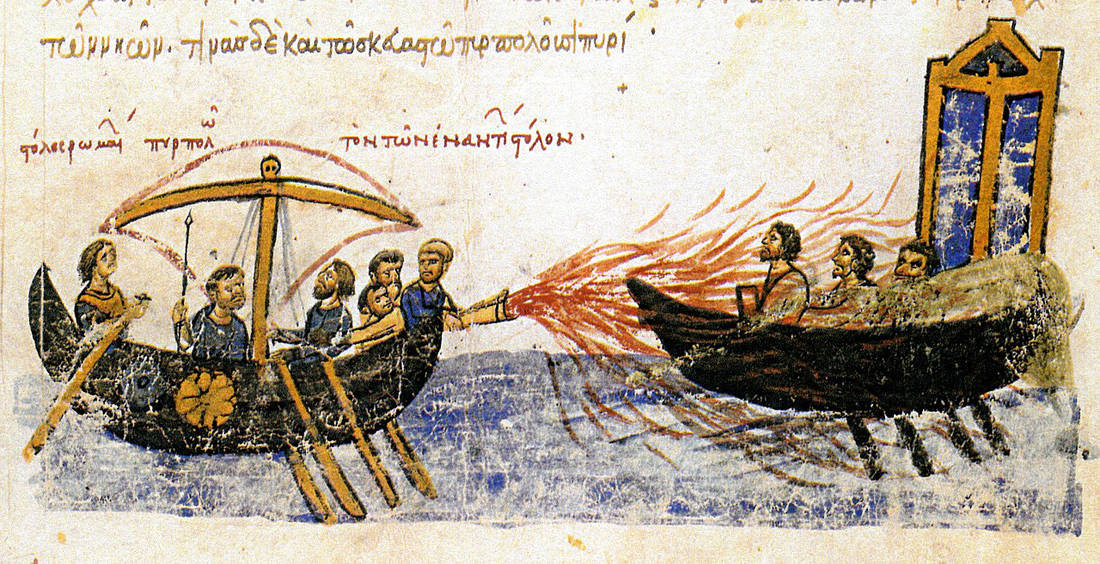
We know, for example, that the Hittites sent from at least 1500 BC. people who had been plagued by plague in enemy territory to spread the disease. Understanding epidemiology was probably the first use of a biological agent for military purposes.
And if the chemical and microbial arsenal of the ancients were crumbs compared to the current weapons of mass destruction, its use caused the same moral and political issues as today. Even the great recruiter of Hannibal It is said that he used a catapult to throw hordes of snakes on the enemy ships, another use of a weapon of mass destruction. Whole ships were useless without a fight.
Rats, wasps in galleries and scorpions in caves, and even animal carcasses in wells were recruited by the ancients to wipe out their enemies en masse. All this since the Neolithic Age! Want another weapon of mass destruction straight out of the human imagination? The swamp.
The most important generals used a number of tricks to force the enemy to stay for days in swampy areas and swamps, as malaria has been reaping ever since. The Athenians learned this in a difficult way, in their Sicilian campaign against Syracuse in 415-413 BC.

The general of Syracuse, Hermocrates, forced the Athenian Nikias to encamp in a plain outside the city walls, at a place where malaria was reaping. Those who escaped death and exhaustion were easily lost on the battlefield and slaves were dragged into the tricks of Syracuse.
Thucydides, Plutarch and Diodorus attest that fixing the enemy in an infected area was one of the most common strategies of the time. And biological warfare with poisoned arrows of course, although these do not mean weapons of mass destruction. Just increased efficiency.
Didn't Hercules dive his arrows into the deadly bile of Lernaean Hydra, making them extremely deadly? Of course, the hunting goddess Artemis also threw poisoned arrows, while Paris killed Achilles with one of them. It was not a mass destruction, but it was the scariest weapon of the Bronze Age.
A weapon of mass destruction with the current meaning of the term was the widespread tactic of poisonous plants in the rivers and wells that supplied drinking water to the enemy. The tragic case of the mass murder of the inhabitants of Kirra by the Delphic Amfiktionia poisoning its water with hellebore was a great example here. Only the Greeks swore never to do it again everything they did in this dark moment of the First Holy War in 590 BC
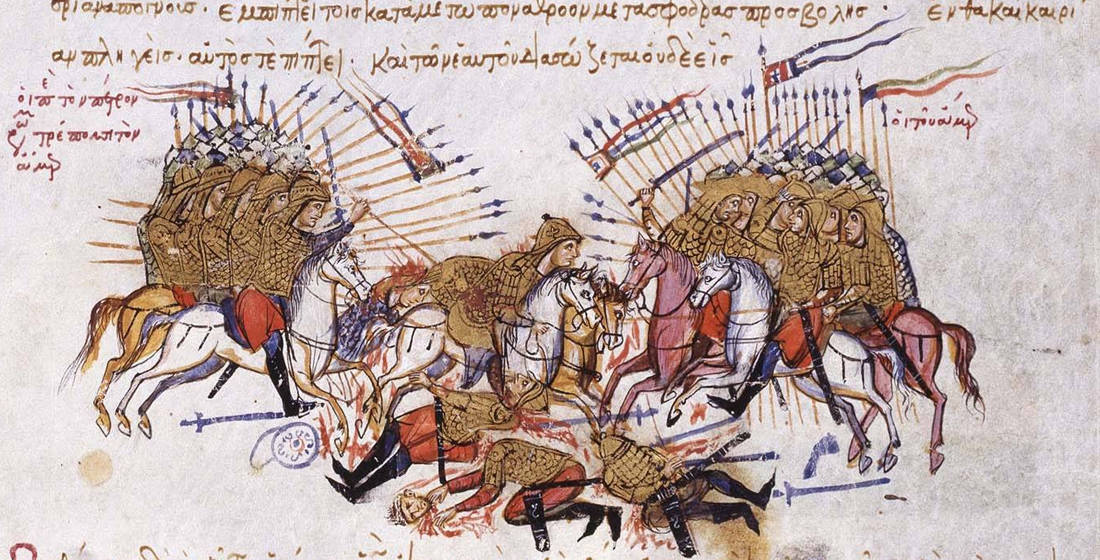
We Greeks had a theorizing of all this, as a people of philosophy and science, after all. For the great and pioneering theorist of martial arts, Aeneas the Tactical of the 4th century BC, the reason, which when he did not describe in his "Sieges" tactics of psychological warfare and deception of the enemy, gave valuable advice on survival from biochemical factors !
In other words, how do you extinguish these insidious enemy fires that do not go out with anything and how do you fight the holes that open in your walls by channeling furious bees into the tunnels.
For some, of course, all these strategies were welcome, but few. And so they sought to find real weapons of mass destruction on the battlefield. And they found. Insisting that hand-to-hand combat was preferable!
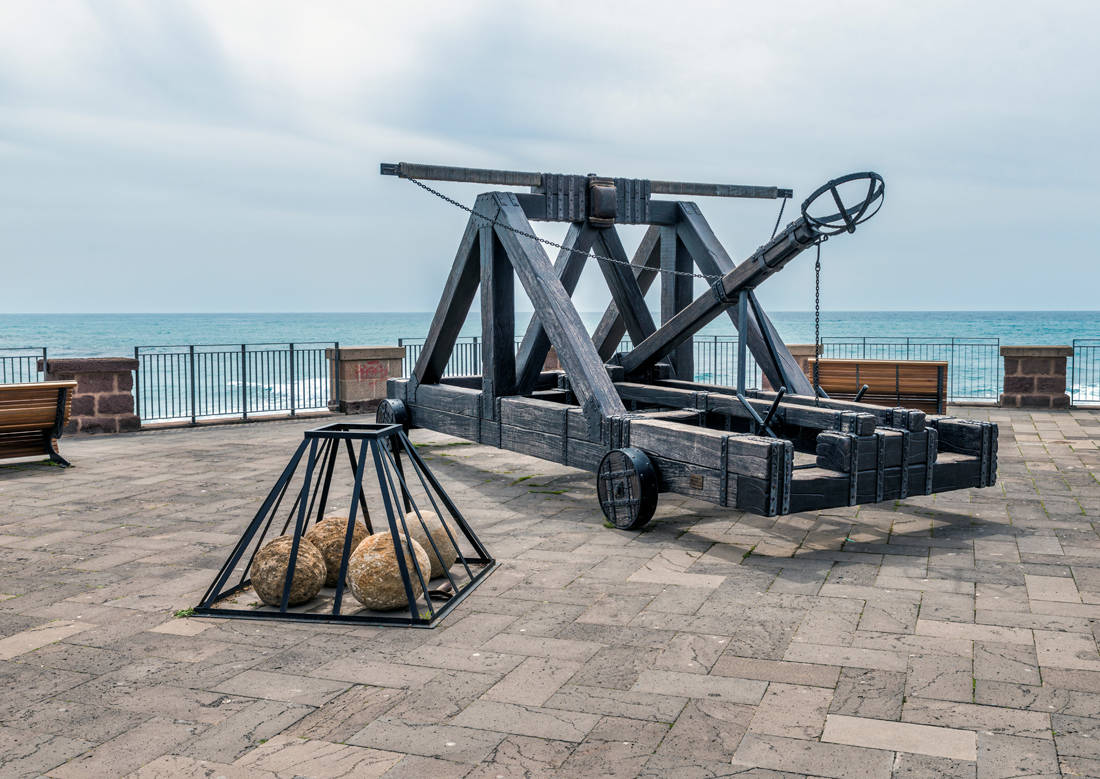
The absolutely Greek weapon of mass destruction was the heavy legacy of our ancestors in the territory of the most efficient organs of death. Their catapults Greeks they saw not only arrows and barrels, but also biological warfare agents.
Heron Alexandreus describes in his "Velopika" the long series of Greek ballistic weapons, with the list being endless here: from the gastrafet, the first catapult in world history, and the sharp catapult, to the stonemason, the responsible ( "Scorpio"), the palindon and the scary machine gun catapult, the Greek ingenuity gave rest here.
It all started when Dionysius the Elder, the king of Syracuse, called Greek engineers to build him a war machine for his campaign against Carthage. The first crossbow in the world would be a fact as early as 399 BC. The Carthaginians believed that they would surprise the Syracusans with their sudden attack, but those who were surprised were the same, when the arrows rained and they did not escape to run.
The first large stone catapult in human history is also worth mentioning, the famous Catapult of Philo, the work of the leading engineer Diadis of Pellaio, who was honorably called "Besieger". Who greatly simplified the campaign of the Macedonian mercenary Alexander the Great, throwing down the walls like paper towers.
The sharp catapult of Zopyros of Tarantino, the stone catapult of Charonos of Magnesia, the stone catapult of Isidore of Abydin and the responsible "scorpion" sowed terror and mass destruction in their passage. With the Palindonian catapult ("monks") he leveled cities Philip II, while with the machine gun catapult of Dionysios the thing passed to its next phase.
The world's first and automatic repeater catapult, the greatest achievement of ancient Greek catapult engineering, fired successive arrows, allowing the operator to empty the entire quiver at once. The first machine gun in the history of the war was used by the Rhodians, as Philo the Byzantine assures us in his "Velopika".
The catapults of the Greeks threw not only stones, arrows and spears, but also incandescent materials. That's how he put them Alexander the Great with enemy war elephants. He fired the bronze booty of the battles and threw them on the pachyderms with the catapults.
Even corpses infected with typhus and plague are said to have been hurled by the ancients into besieged cities, spreading epidemics to the population.
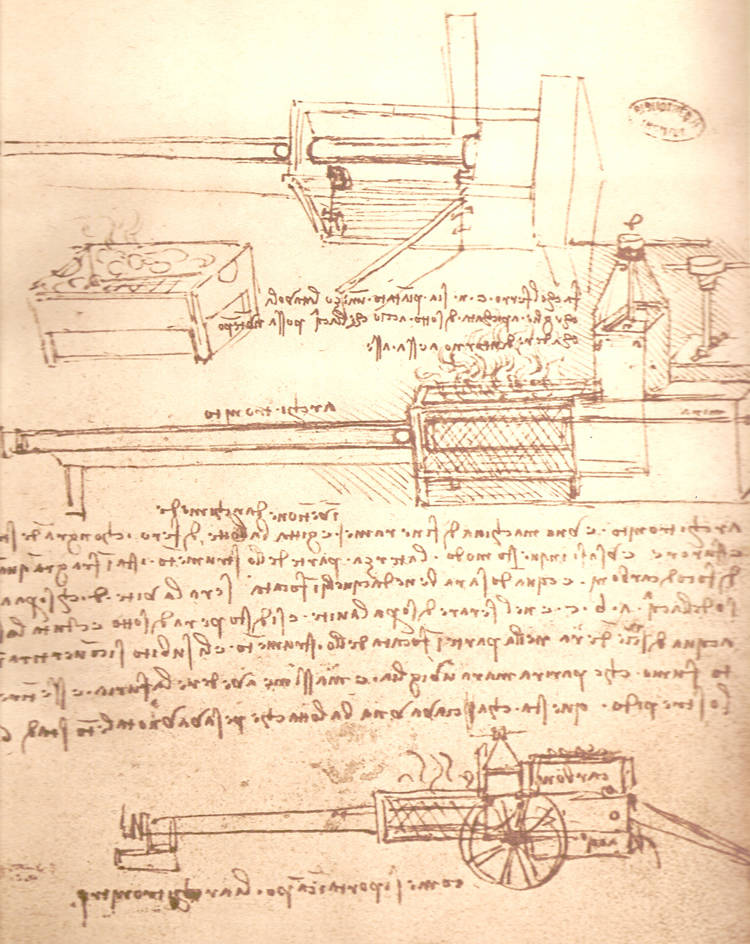
Simply put, it was a cannon running on steam! The metal cylindrical boiler reached the appropriate temperature with fire, allowing water to enter inside, evaporate quickly and launch a stone ball through a wooden barrel. The cannon had an adjustable range for even better results.
Archimedes' atmotilevolo was redesigned a few centuries later by Leonardo da Vinci. Petrarch tells us that the cannon was mobilized during the siege of Syracuse and had a range even at 1.100 meters. Historians today insist that Archimedes' "lethal rays" against Roman ships were not the mobilization of the sun, but precisely these steam cannons.
Instead of turning the sun's rays on the enemy fleet through mirrors, as the story goes, he may have used the mirrors to simply heat the water in his cannon boilers. Thus he struck the Romans with stone missiles with a speed of over 200 km / h. Flaming stone shells, alas.
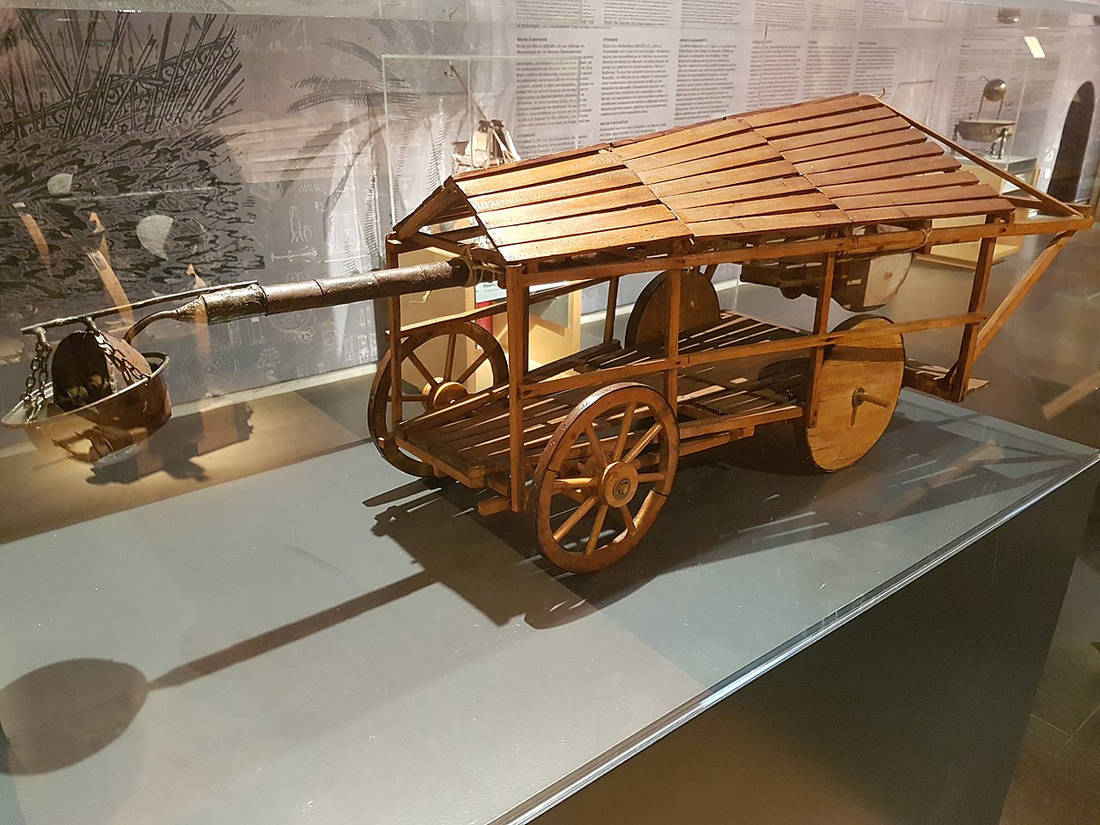
Liquid fire does not need recommendations from us Greeks. It was another highly Greek invention that forced the whole world to call it "Greek fire" (ignis graecus). Of course, the pyrotechnic was developed in the Byzantine years, as in the form we know today, it appeared after the 7th century AD.
Only similar devices have been used by the Greeks for a long time. A lot! Thucydides mentions that such a primitive handpiece that fired raging flames over long distances was used during the siege of Delhi in 424 BC. At the end of the first phase of the Peloponnesian War, that is, when the Boeotians reserved for the Athenians a surprise of epic standards.
For the flamethrower of the Boeotians, the reason, the first and first handwriting of humanity. The one that in the Byzantine years would develop into one of the most terrifying weapons of mass destruction of the past.
Thus the Boeotians burned the walls of Delion, with this iron-barred hollow trunk and the blower at its rear end. In the cauldron hung with chains, burning coals, sulfur and tar were burned, which the blower turned into long fiery tongues and burned wooden walls and people.
Thucydides mentions that they were used not only on walls (even stone), but also whenever the Boeotians wanted to remove rival soldiers from points. Even in the main battle they used their flamethrower, making it even more efficient by using vinegar or urine.
The evolution of the flamethrower would have saved her so many times Constantinople a few centuries later…
